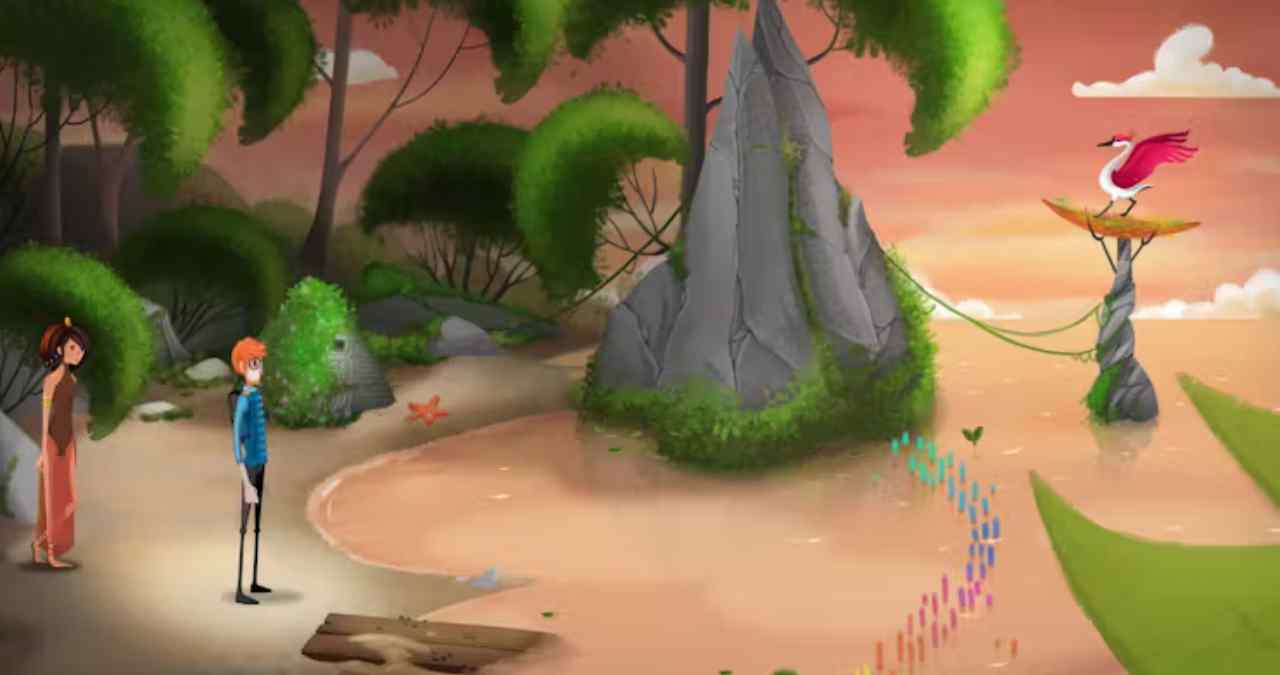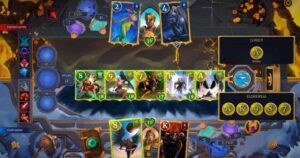Mutropolis has made the jump to mobile, bringing its offbeat sci-fi setting and classic point-and-click structure to touchscreen players. Originally released on PC, the game now lands on iOS and Android, preserving its hand-drawn style and puzzle-focused design without major compromises.
Set in the year 5000, the story flips the usual archaeological lens. Here, Earth is a lost world, and Mars-born scientists are digging through ancient ruins looking for artifacts not of alien origin, but of long-forgotten 21st-century tech and culture.
Narrative takes the lead
At its core, Mutropolis is a story-driven game. You follow Henry Dijon, a geeky archaeologist who gets pulled into a strange mystery while searching for the titular lost city. Dialogue is central, and the tone walks a line between dry wit and low-key absurdism.
The writing avoids big action beats in favor of character work and slow-burn worldbuilding. That fits the mobile format well, letting players dip in and out without needing twitch reflexes or fast decision-making. The pacing is deliberate, more like reading a graphic novel than playing a typical mobile game. For fans of classic LucasArts titles or modern indie narrative games like Thimbleweed Park, the structure will feel familiar and intentional.
Puzzle mechanics stay grounded
The game keeps to traditional point-and-click rules. You gather items, examine environments, and solve logic-based puzzles. There’s no real inventory overload, and most challenges are self-contained, avoiding the genre’s usual trap of overly obscure item combinations.
Hints are baked into the world, often through subtle visual cues or character remarks. It respects the player’s attention without holding their hand. On mobile, controls have been adapted smoothly, with tap-to-interact mechanics that feel natural even on smaller screens. It’s not meant to be punishing or overly complex. Instead, the puzzles serve the pace of the story and tone, keeping players engaged without halting momentum.
Hand-drawn visuals with a distinct tone
Visually, Mutropolis leans into a hand-crafted, lightly stylized look. The art has personality but avoids clutter. Characters are expressive but slightly stiff, fitting the dry humor that runs through the script. Backgrounds often double as environmental storytelling, adding depth without needing cutscenes.
Color palettes are muted and earthy, helping emphasize the ruins and artifacts you’re navigating. While not pushing hardware, the game holds up well on mobile displays, especially tablets. The visual design reinforces the tone smart, a little odd, but never overdone. It’s a restrained style that works with the dialogue and pace.
Mobile version offers full content without shortcuts
The mobile release is a full port, not a trimmed-down adaptation. All story content, puzzles, and environments are included. There are no ads or time gates, and the game runs offline, which adds to its old-school feel. It’s closer to a one-sitting experience than a live-service title.
There aren’t many extras in terms of platform-specific features, but nothing critical is lost in translation. The UI scales cleanly, and load times are minimal. If anything, the slower pace feels more at home on mobile than it did on desktop.
For players looking for a thoughtful, slightly strange sci-fi adventure that doesn’t rely on combat or grinding, Mutropolis adds something different to the mobile library. Not flashy, but it knows what it is and sticks to it.
Mobile Game Addict & Casual Gaming Critic
She’s played more mobile games than most people have downloaded. TAPTAPTAP is fast, fierce, and funny — reviewing the latest hypercasual hits, idle clickers, and gacha grinds with real talk and zero fluff.




